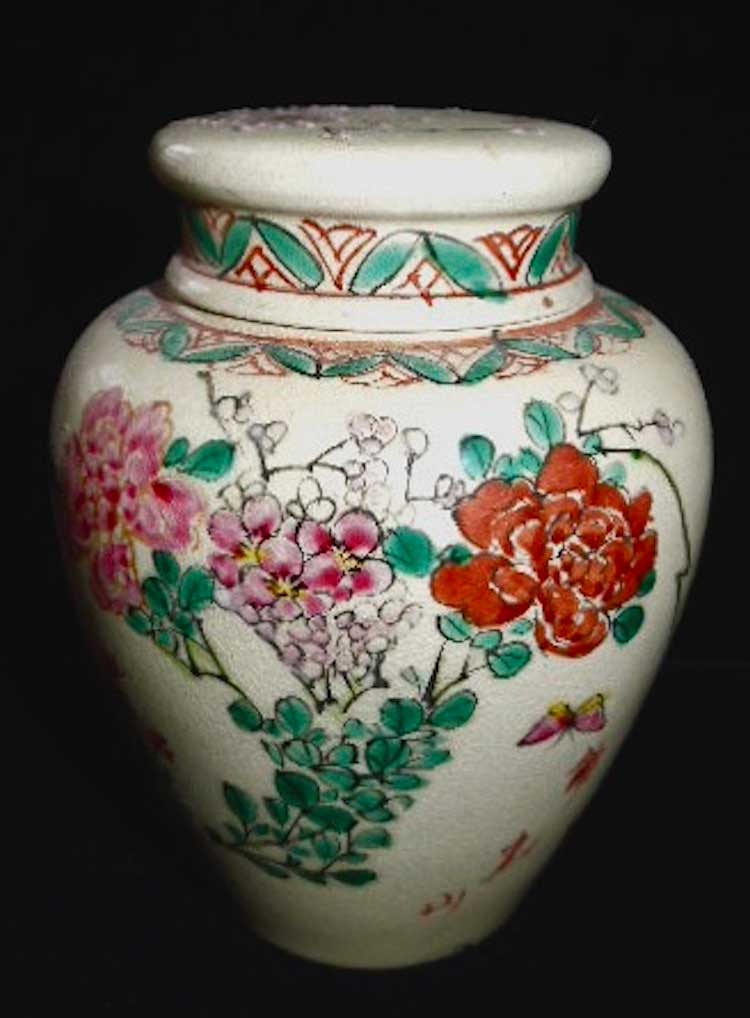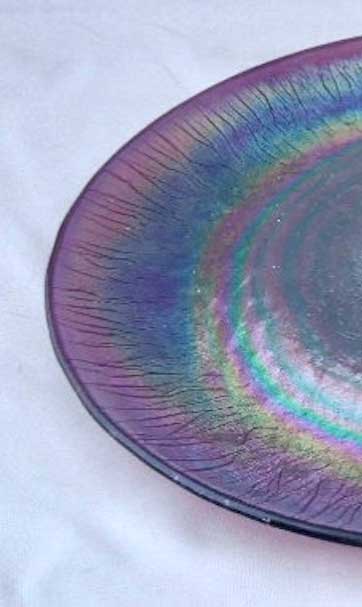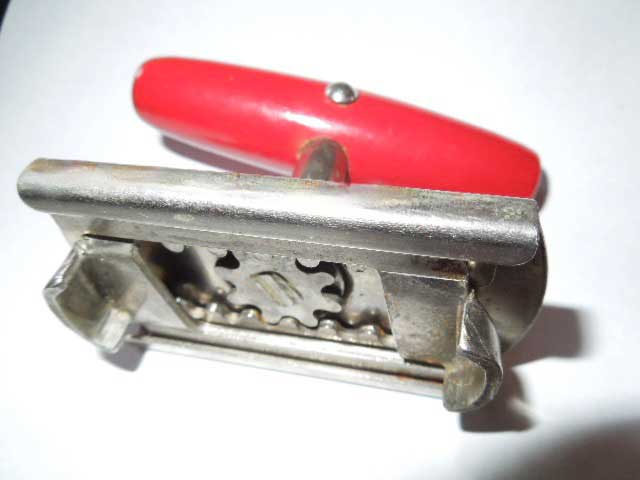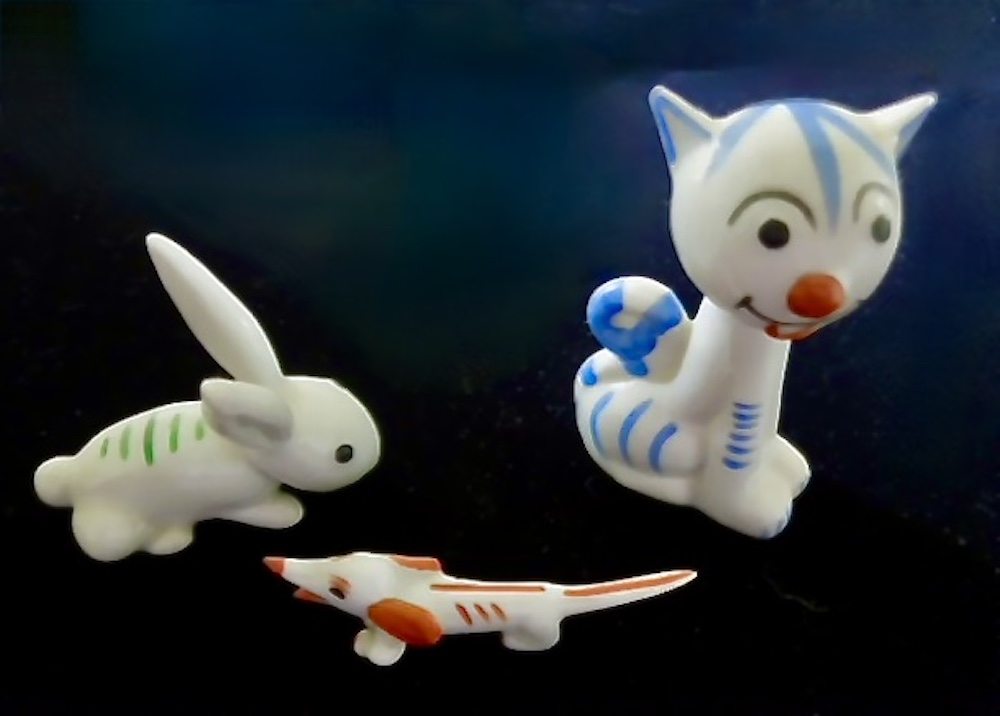Tips for selling antiques for greater success
April 2024
Good Eye
Tips for selling antiques for greater success
by Peggy Whiteneck
Antique buyers have more types of buying options today than they did 15 or 20 years ago. The Internet and online auctions have revolutionized the antiques trade. However, that also means problems, such as age or identity misrepresentation and damaged merchandise from sellers who don’t know how to pack and ship safely.
Today, there are fewer live-market options to buy and sell as the antiques trade has consolidated and retracted over the past 20 years. Still, live sales in antique shops, live auctions, or antique shows are an actual advantage for dealers and buyers alike because buyers value the chance to see and handle the merchandise before committing to buy it.
It takes conscientious work to be successful in live sales of antiques and collectibles, though. Here’s some advice I’ve found helpful in my own sales as I’ve grown into the trade.
Do your homework.
If you don’t know what it is, don’t sell it ‘til you do (Ah, what self-discipline that takes!). Once you do know, clue the customer in: What is it? Who made it and when? Why might a buyer want to have it? Don’t insult the reader’s intelligence with tagging like this: “Glass dish, $20.” The customer can see it’s a glass dish without your belaboring the obvious. Your tag should give the browser a reason(s) to buy – and a reason to trust you as a preferred dealer.
Deal in decent merchandise.
There is still so much damaged, defective, and just plain inferior merchandise in the trade that any dealer with quality inventory will stand out. Savvy buyers may still want to buy items with some wear that are extremely difficult to find in undamaged condition. That shouldn’t be an excuse to use your trade displays as a means of divesting of readily available and marginal “stuff” of a type that your customers already have enough problems of their own knowing what to do with.
Keep it clean.
There’s a difference between “patina” and “grunge.” If an item is dirty and can be readily cleaned with a bit of soap and water or other non-abrasive cleaner without damage to the item itself, clean it before displaying it. Also, if you’re renting space in a multi-dealer shop, the staff is probably not going to dust your display. It doesn’t help your sales if the shelf itself is dusty or dirty.
Rotate your merchandise often.
If it’s been there for longer than three or four months, it’s already stale in the eyes of frequent shoppers. Move it out and replace it with something else. You can “recycle” it months later to attract a second look. At least move things around in your display. It’s remarkable how something overlooked in one position can suddenly acquire a new sales life when moved somewhere else in the display.
Display it like you care about it.
What doesn’t help sales is a place that looks like individual items have been tossed in there or stacked higgledy-piggledy rather than thoughtfully situated to their best advantage. Many displays are arranged so thickly and haphazardly that it’s hard even to see what’s there. If you don’t respect it, why should a buyer?
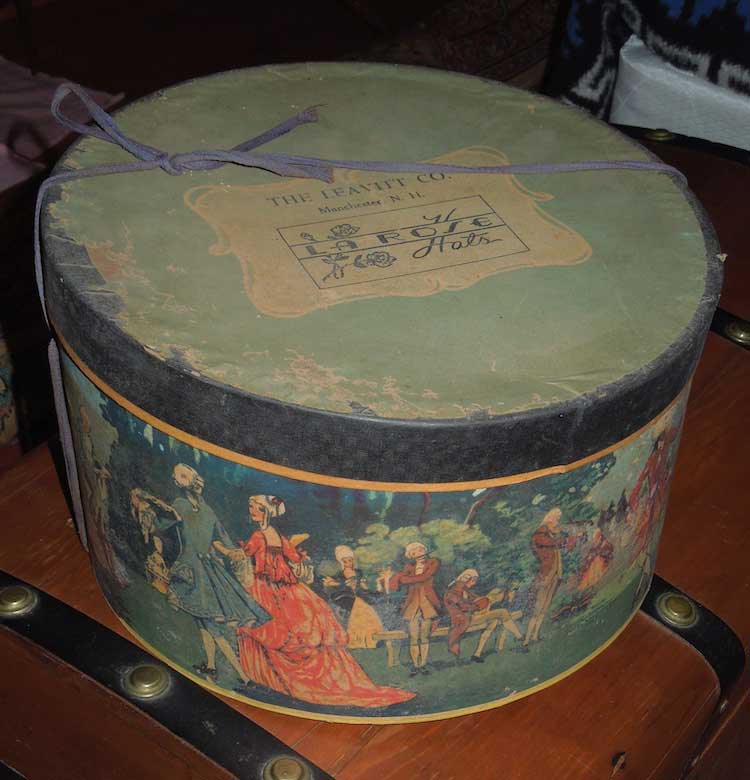
Antique LaRose hat box
Antique LaRose hat box dating to the 1920s with the original retail sticker for the Leavitt Co. on the lid. It has some wear on the edge of the lid but is otherwise in surprising shape considering its age – and that it’s made of cardboard. I found another box online with the same graphic on the body and with a sale price of $245. That photo seems to show better condition – except that the fine print says the bottom is falling out. A much lower price would move it much more quickly. (Image courtesy of the author)
Price it right.
If you don’t care how long it sits there as long as you get your optimal asking price, well, good for you. But if you really want to sell it, price items affordably – which doesn’t mean you have to sell on the cheap, just that you don’t have to aim for a triple-digit profit percentage on every item you sell.
Mind your reputation.
The best dealers are ethical in their relations with customers and other dealers. Don’t try to hide that chip in the pottery with shoe polish or magic marker. Don’t make offers on merchandise already reasonably priced so that you can brag about how you screwed the dealer by shaving off his meager profit. What goes around comes around.
Peggy Whiteneck is a writer, collector, and dealer living in East Randolph, VT. If you would like to suggest a subject that she can address in her column, email her at allwritealready2000@gmail.com.


